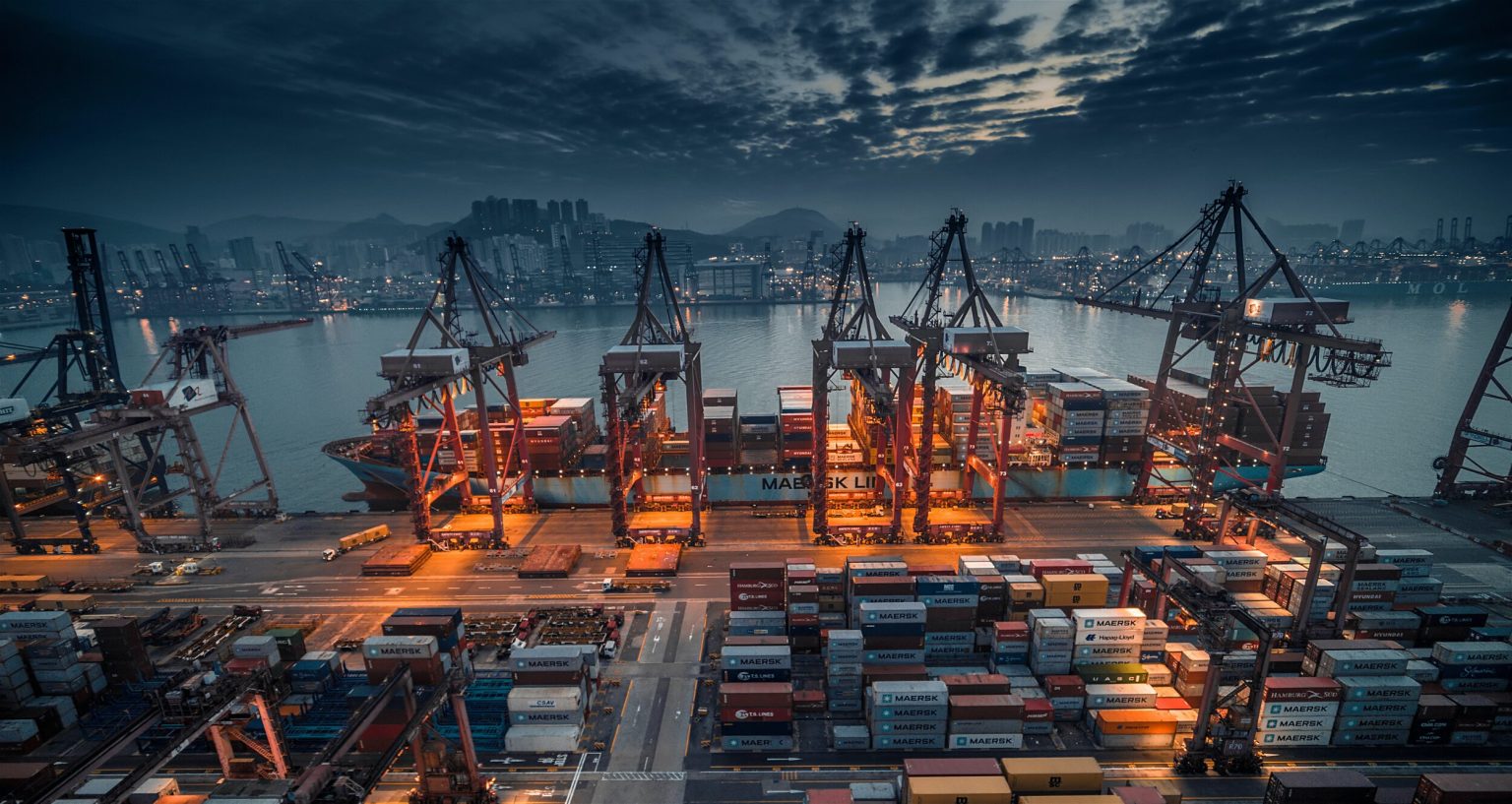TrajReducer AI maritime prediction increases forecasting capabilities at Canadian ports by predicting ship arrivals with exceptional accuracy. Developed by researchers at UBC Okanagan, the AI system allows ports to be proactive in preparing for arriving vessels.
Meet the Innovators Behind TrajReducer
Led by Dr. Zheng Lui from UBCO’s School of Engineering and PhD student Chengkai Zhang, the team built TrajReducer, an innovative AI framework, combining both precision and computational efficiency through trajectory analysis using spatial clustering and ranking based on metadata.
Why Accurate Ship Arrival Predictions Matter
Maritime shipping carries more than 80% of the world’s global shipping. Knowing where all ships are heading – and when they will arrive – is important, especially during global disruption and disturbances such as pandemics, geopolitical conflict, and the blockage of the Suez Canal.
The Limitations of Traditional Prediction Models
Too often, traditional systems do not reflect all data. Approximately 30% of maritime journeys have no comprehensive departure or arrival information. This deficiency impedes port savings and exacerbates waste in cargo treatment.
How TrajReducer Works Like a Smart GPS
TrajReducer has analyzed the hundreds of thousands of ship voyages collected over the last few years, combined with up-to-the-minute information on the vessel size, speed, direction, and vessel type. Dr. Lui describes it as a kind of smart GPS, because it uses historical data patterns to predict where a vessel is headed next.
Applications in Major Canadian Ports
By comparing a vessel’s current route to similar journeys made by other vessels before it, TrajReducer provides an especially good forecast even early on in the voyage, helping ports, such as Vancouver, Prince Rupert, Montreal, and Halifax to better plan their berths, equipment and inland logistics.
Efficiency Gains That Translate into Economic Benefits
Even small efficiencies at a port can translate to big financial gains. Combine with an ability to forecast straight time delays of incoming vessels, a port can precall labor, precall cranes, and have trucks and trains prepared ahead of time, reducing delays while increasing efficiencies.
Adaptive Intelligence That Learns Over Time
TrajReducer is not a static model, itisalways learning. When shipping processeschange over time; whether due to trade agreements, infrastructure, or theenvironment, the AI learns and adapts (andincreases accuracy with more data.
Beyond Ports: Broader Maritime Applications
TrajReducer’s capabilities go beyond shipping, supporting marine safety, environmental monitoring and inventory management to name a few. Zhang says it’s not just about efficiency, it’s about resilience for the uncertainty that’s inherent in global trade.
Conclusion: A New Era in Maritime Logistics
UBCO’s TrajReducer marks a leap in maritime-based predictive technologies. If ports can accurately predict operations, they can effectively manage their assets and optimize cargo flow, even when maritime trading is disrupted.
